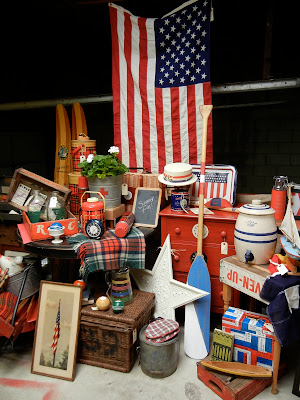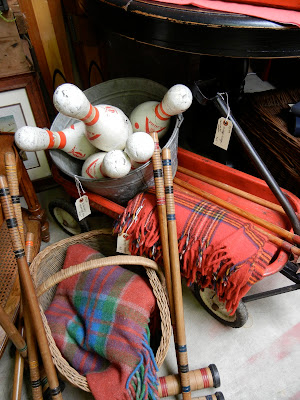Do you collect Tunbridge ware?
Tunbridge ware is the name given
to small wooden objects - boxes, trays and so on
- decorated with a mass-production technique
that imitated the effects of marquetry and parquetry.
that imitated the effects of marquetry and parquetry.
It is named after Tunbridge Wells in Kent,
where the technique was developed in
the late 17th century; in the 19th century
it became so popular that it
grew into a veritable industry.
Marquetry is a decorative veneer
made of shaped pieces of wood
(or other suitable material such as ivory)
formed into a mosaic; parquetry is marquetry
with a geometrical pattern.
Both are very time-consuming and therefore
expensive to produce. The manufacturers
of Tunbridge ware solved the problem
of creating similar designs that could
be replicated comparatively cheaply.
The design was made from sticks
of wood of various colours, glued together
in bundles in such a way that the ends
formed a picture or pattern.
By slicing this bundle of sticks transversely
(rather like a loaf of bread)
a number of identical versions
of the picture were created,
thin enough to be stuck to the surface
of the box, tray, or whatever else was to be decorated.
Some highly skilled craftsmen could
cut ten or even more slices from
a 2.5cm/un length of sticks.
 |
| Measuring Tape from Bleasdalesltd.co.uk |
Tunbridge ware manufacturers made
a huge range of articles such as stamp boxes,
cigar boxes, trays, needle cases, cotton reels
and measuring tapes.
For further information on these collectibles,
please go to
to read this entire article.
Tell us if you have any
of these wonderful collectible English pieces.
Thanks for stopping by today!



















